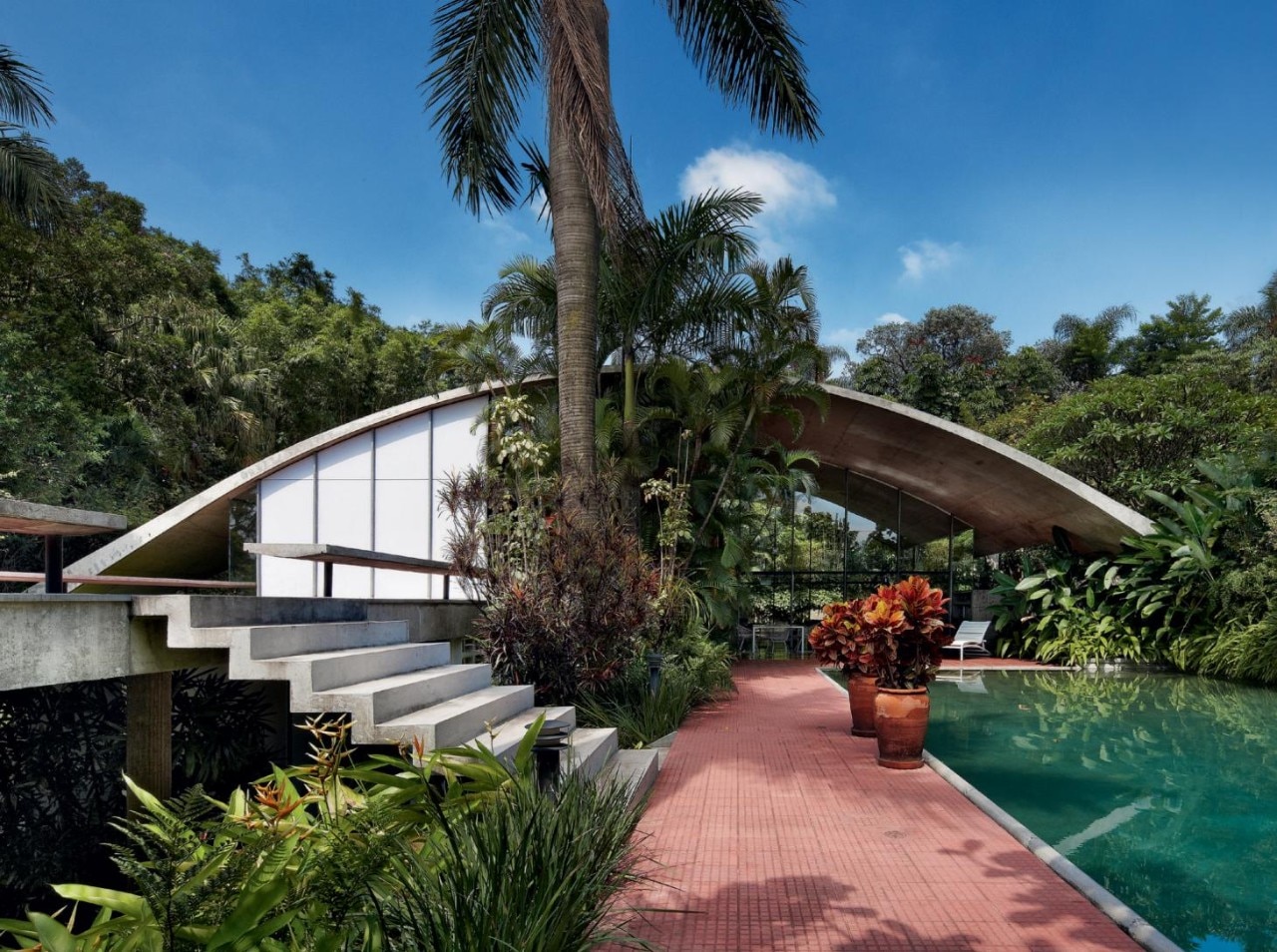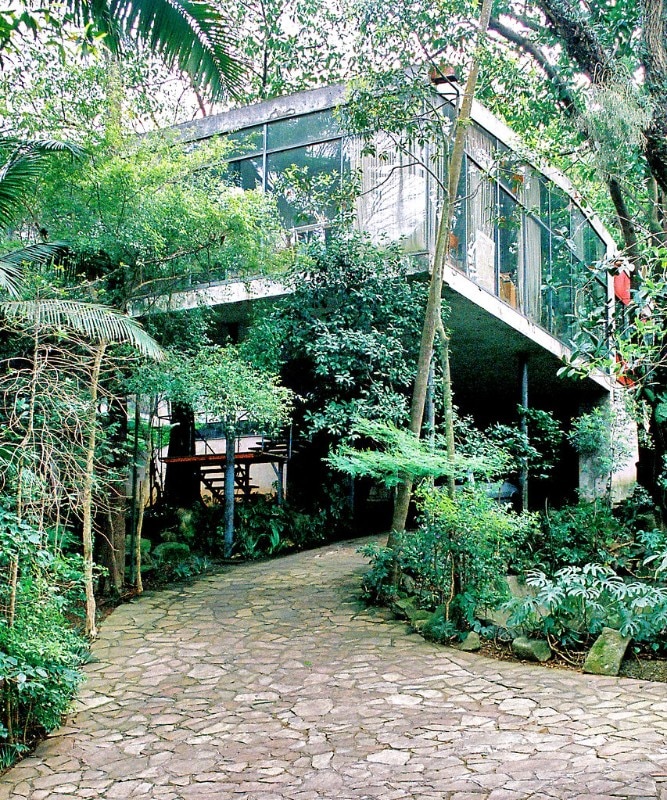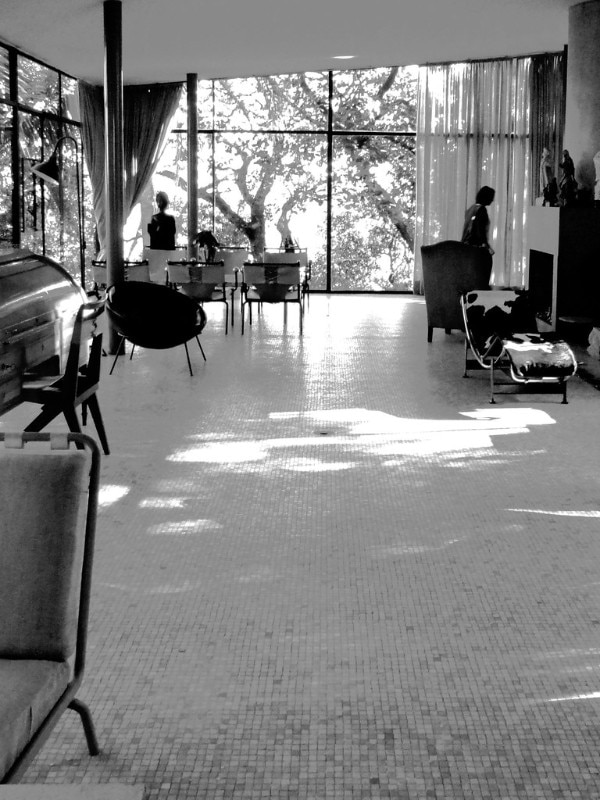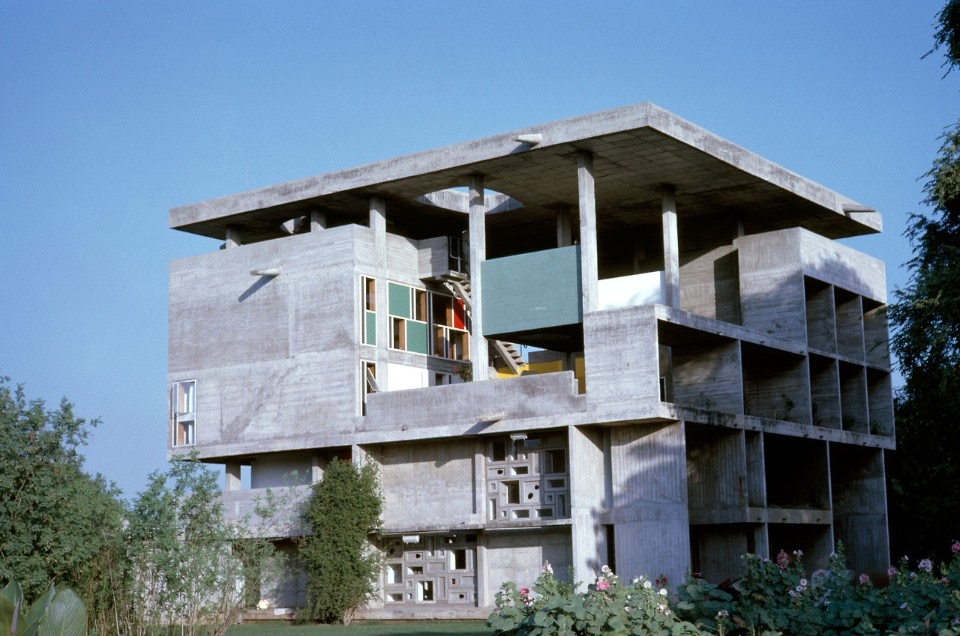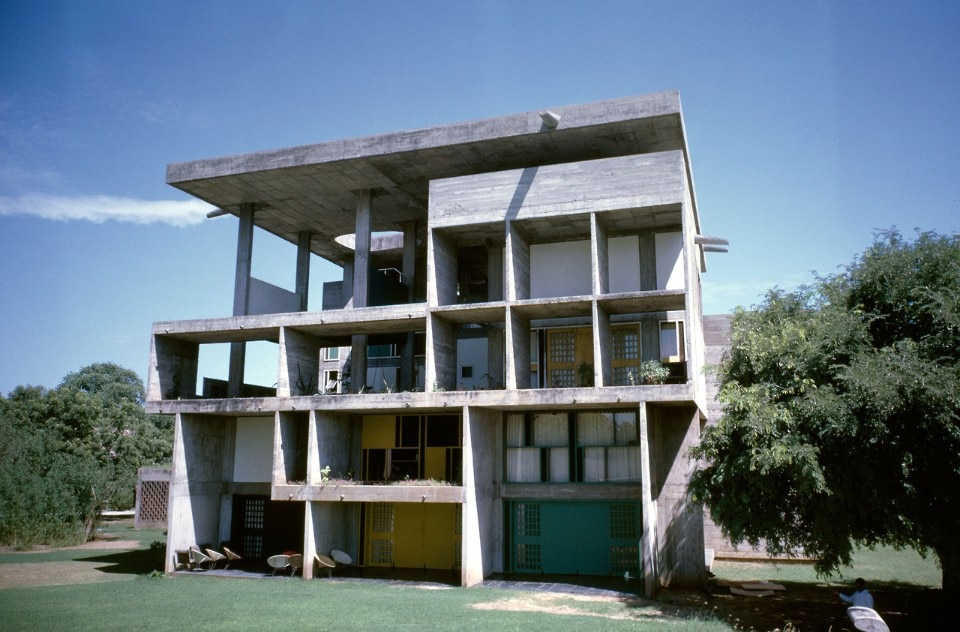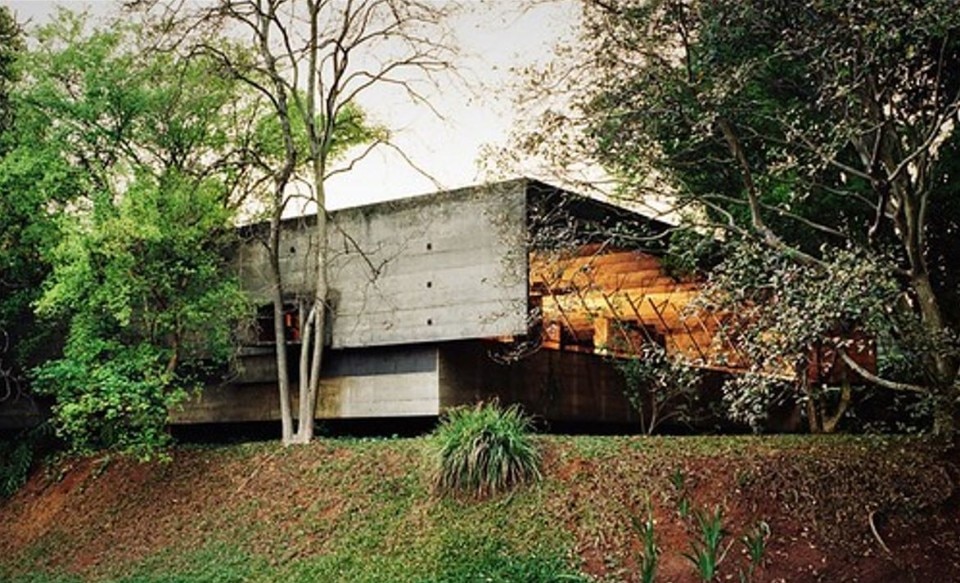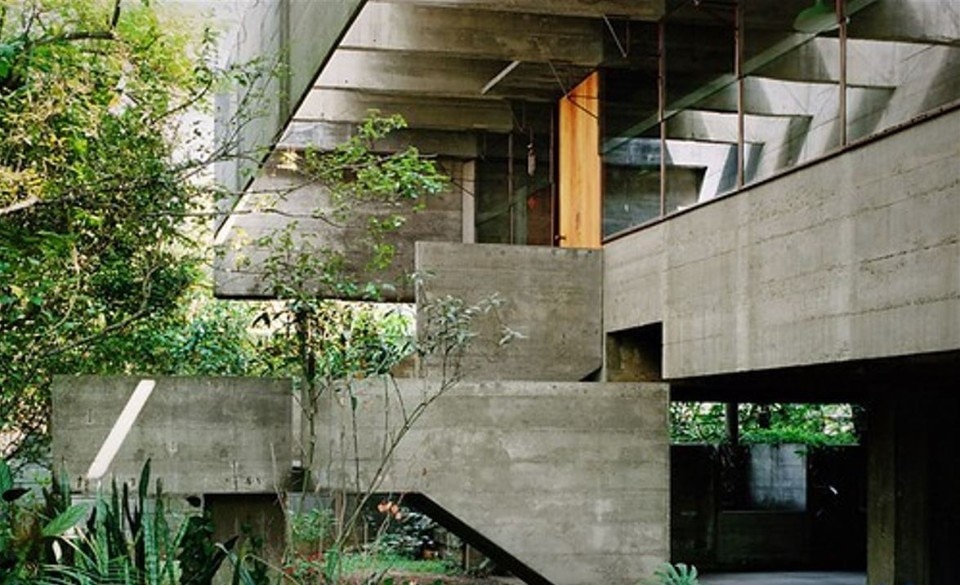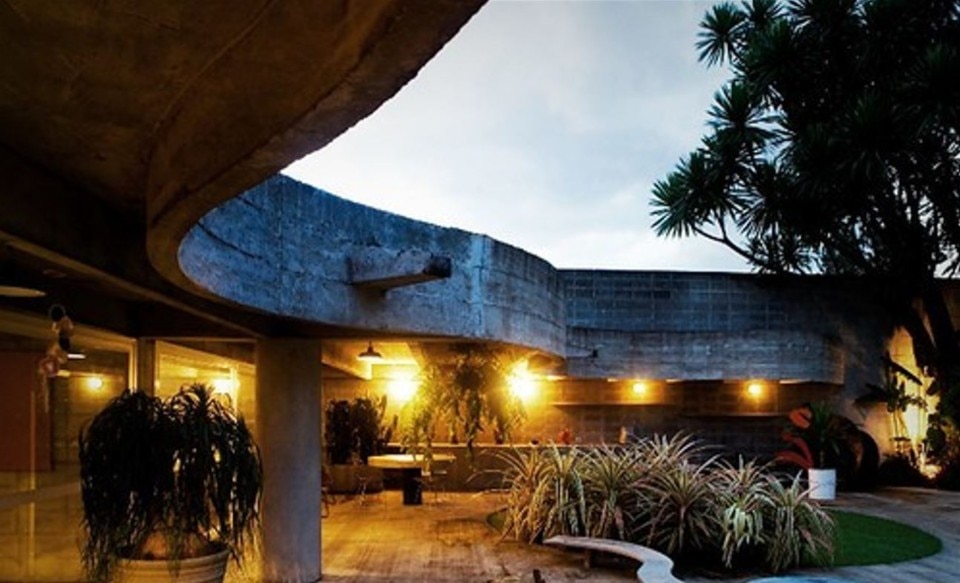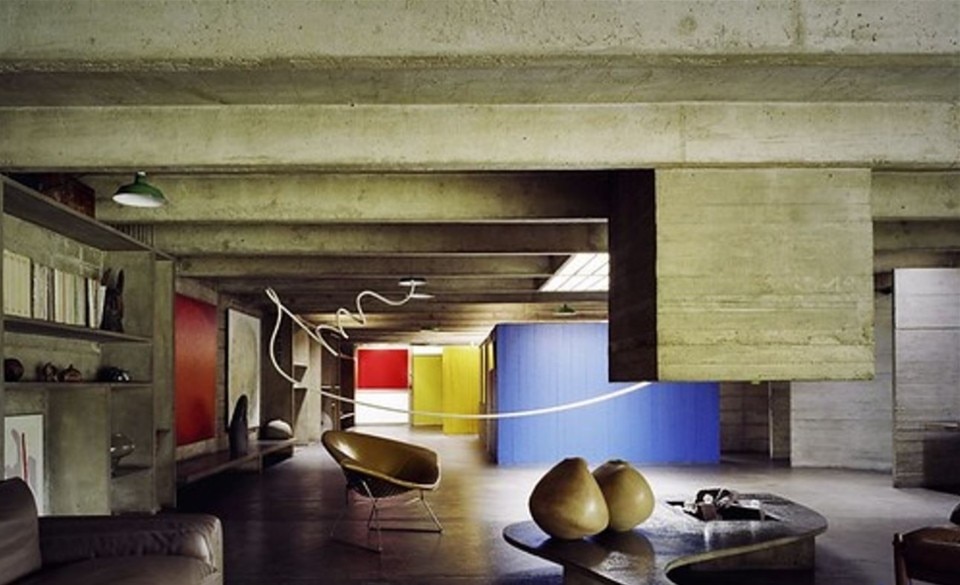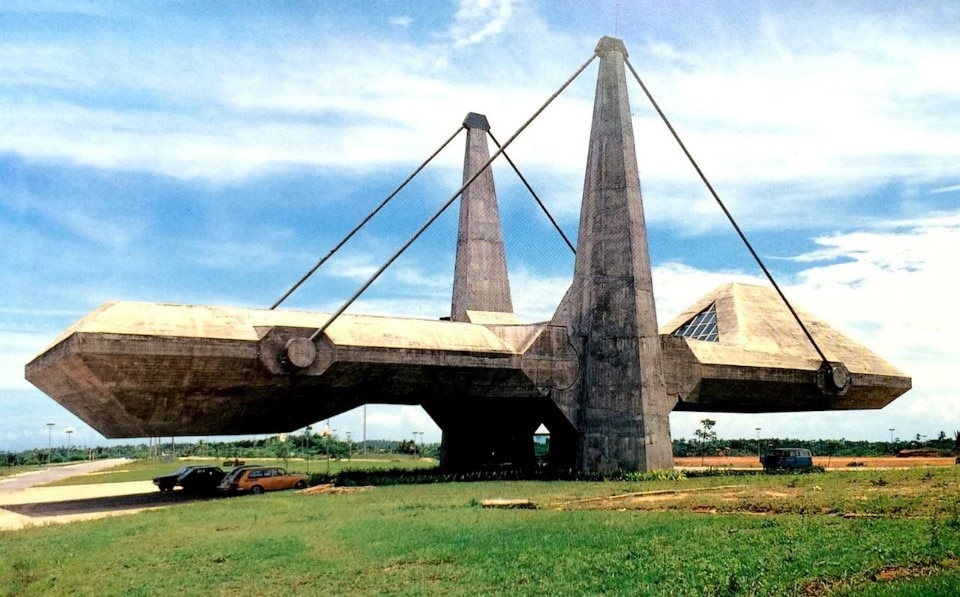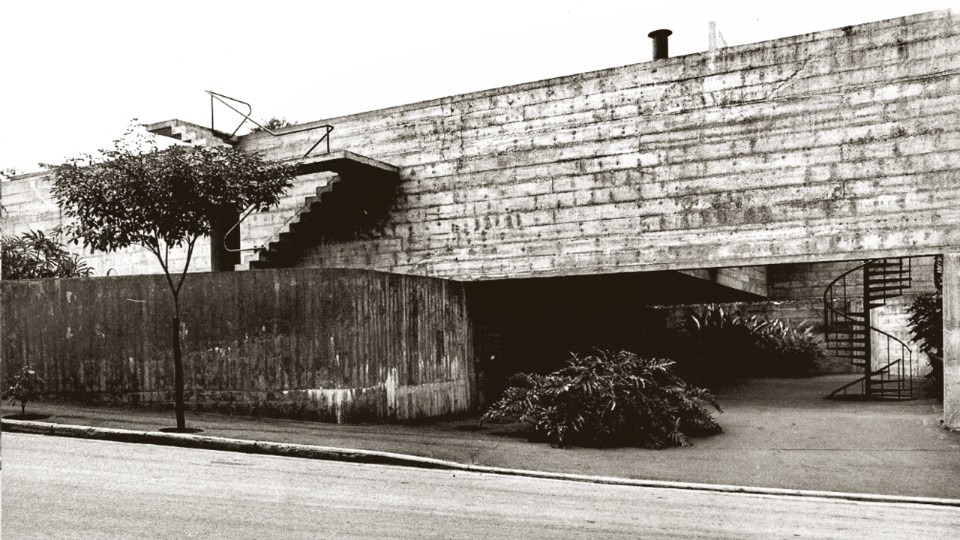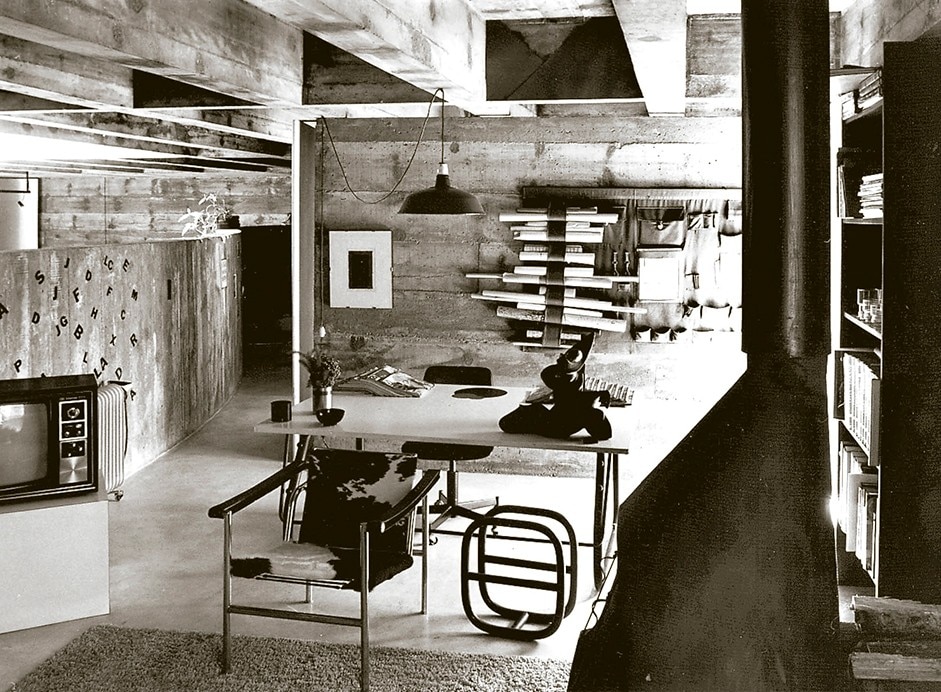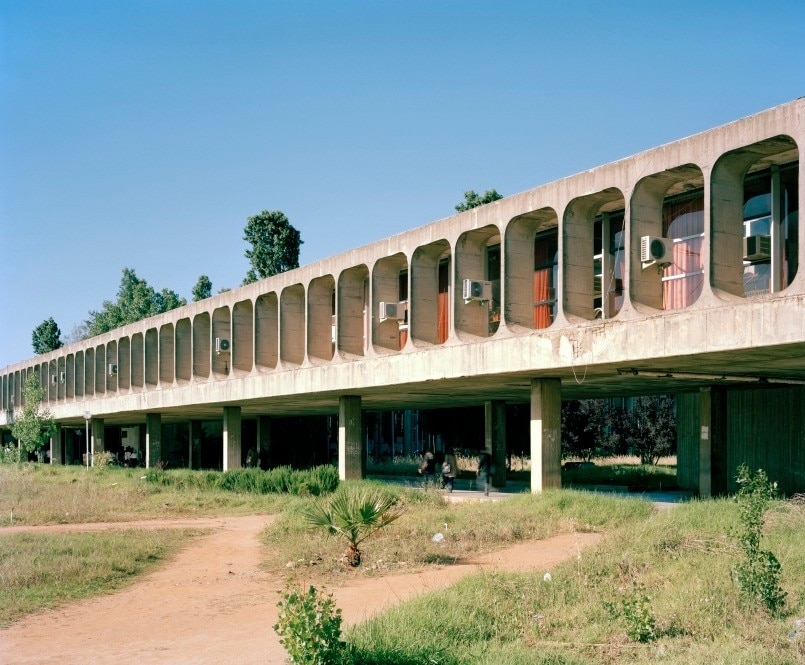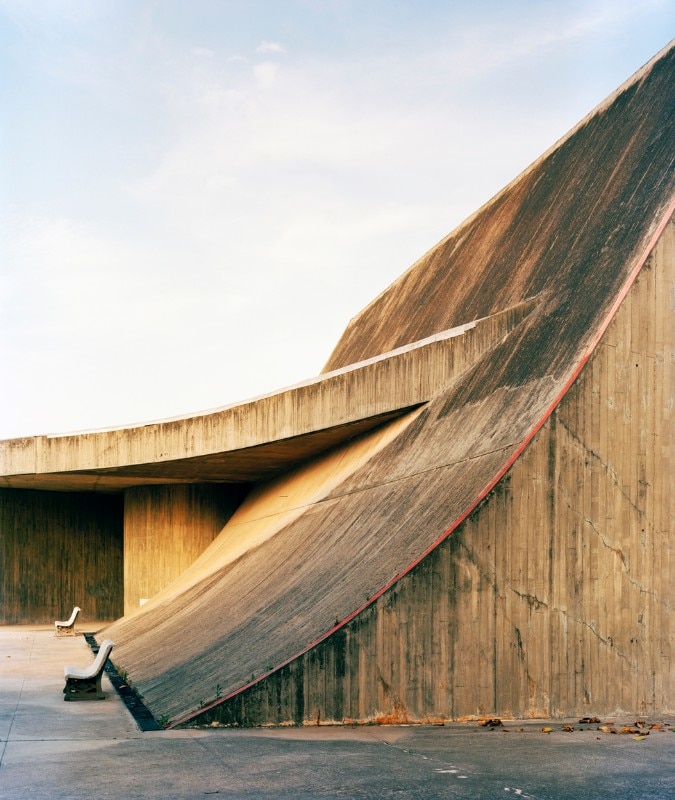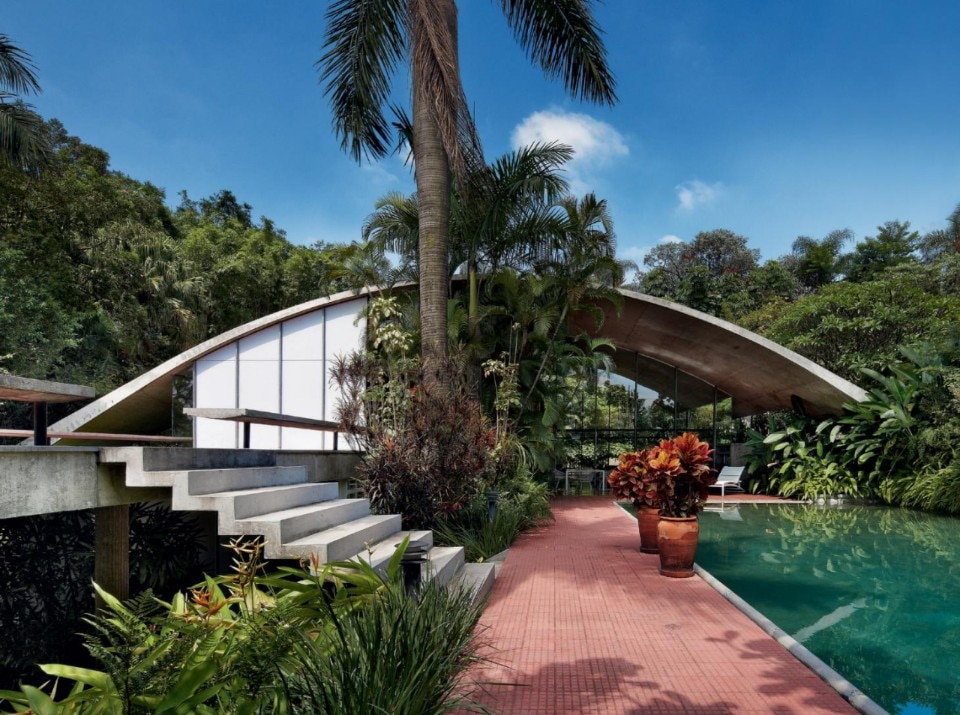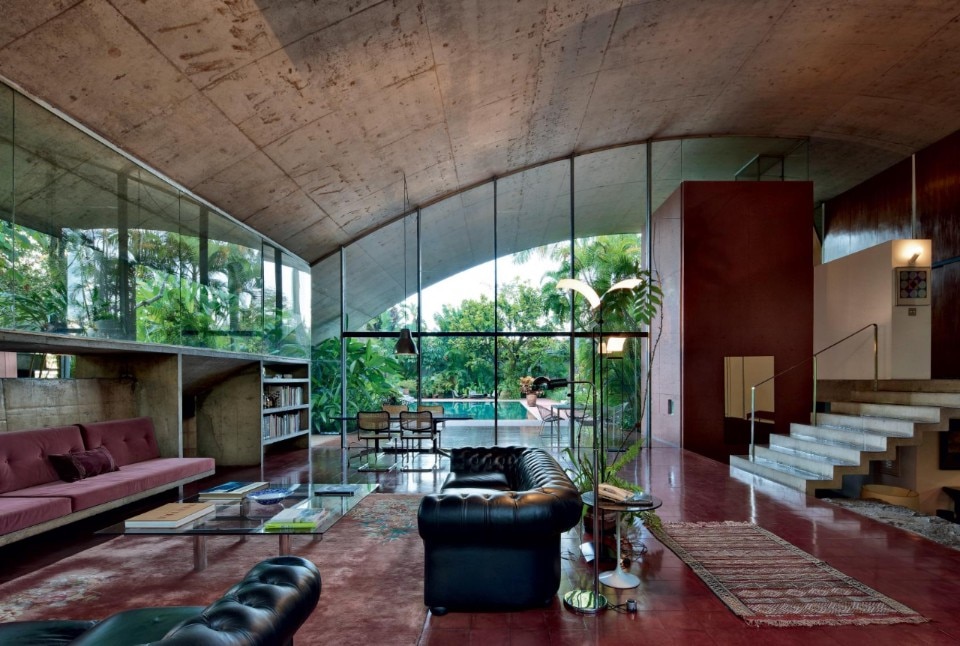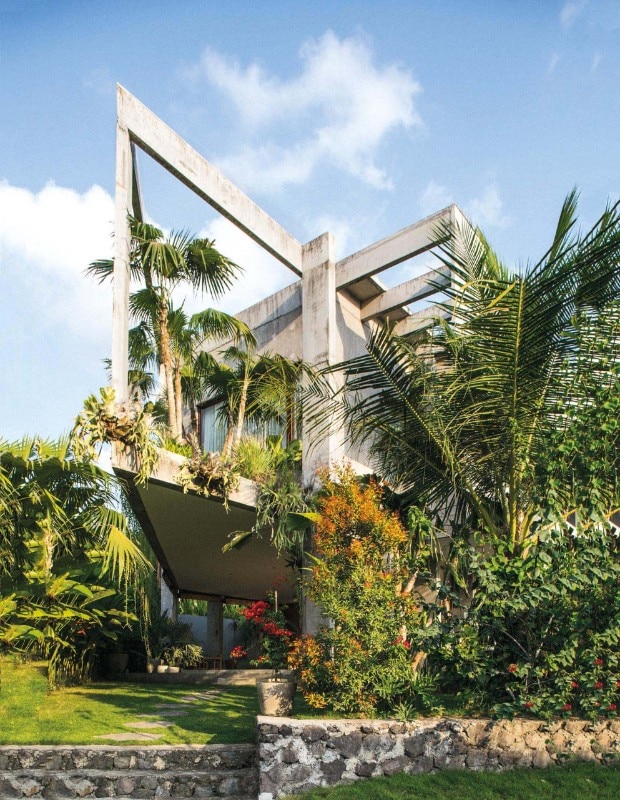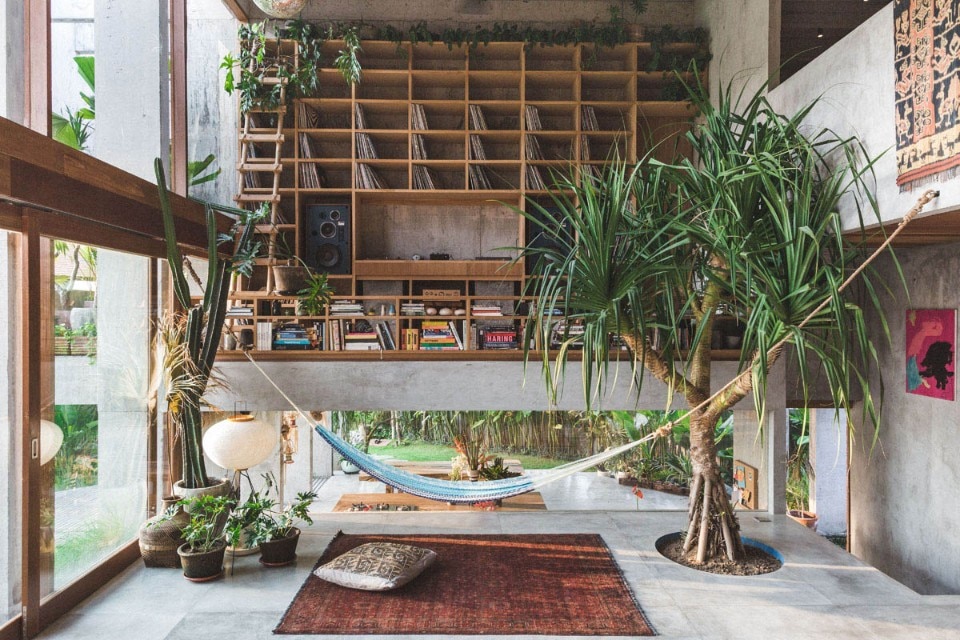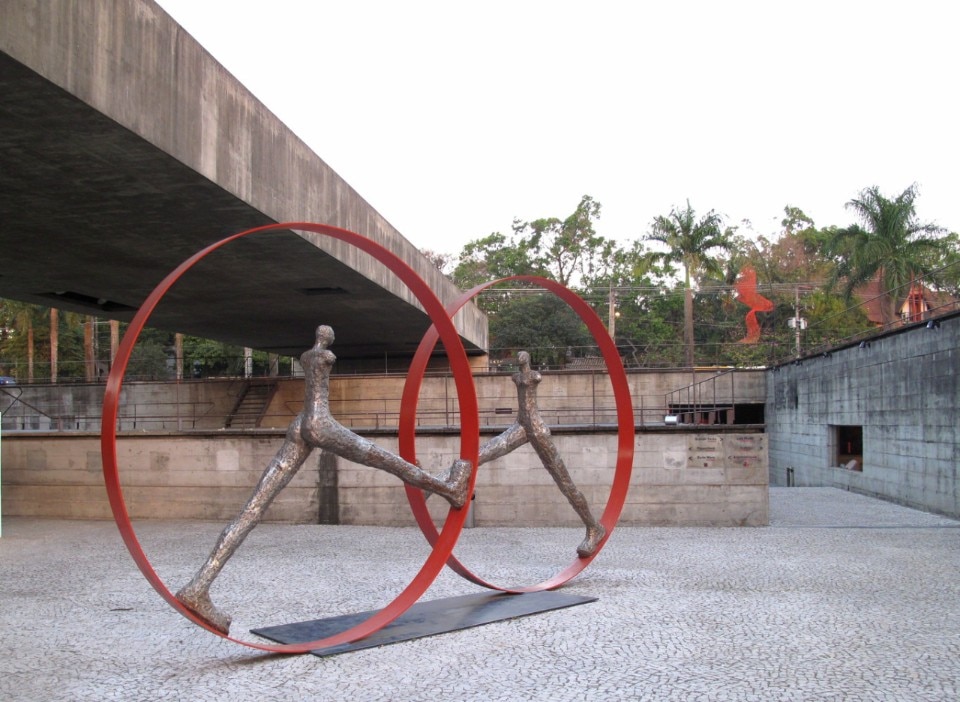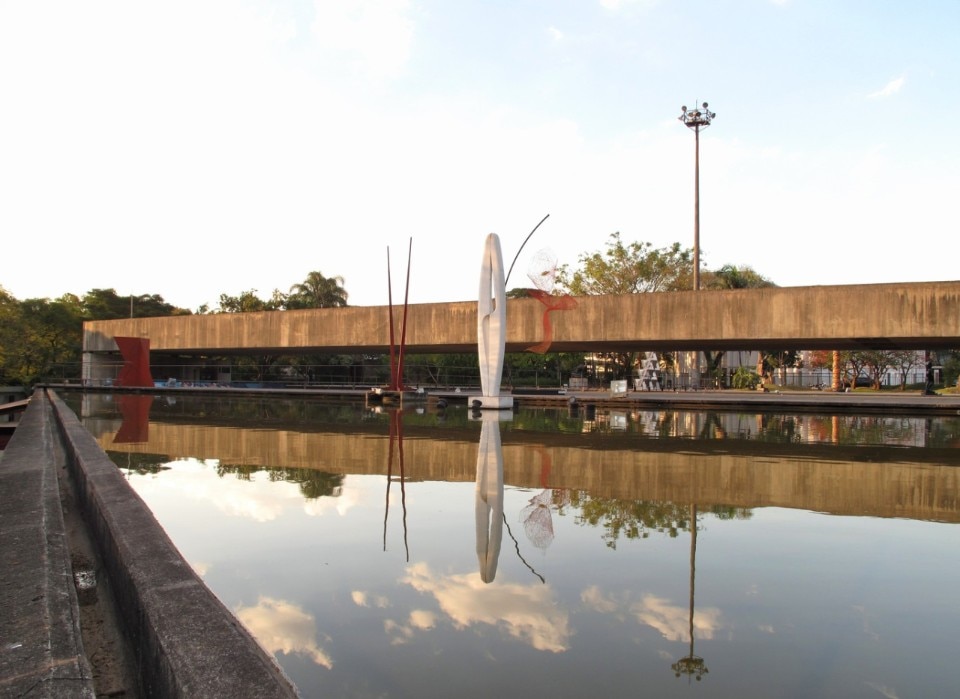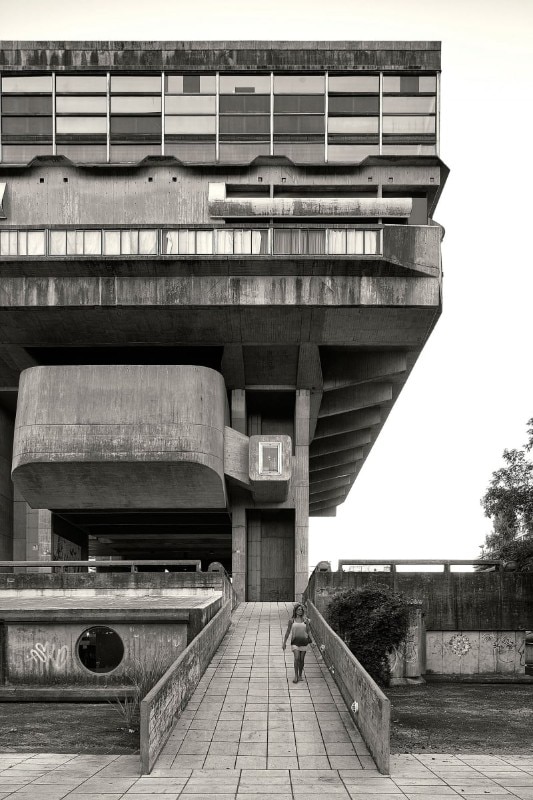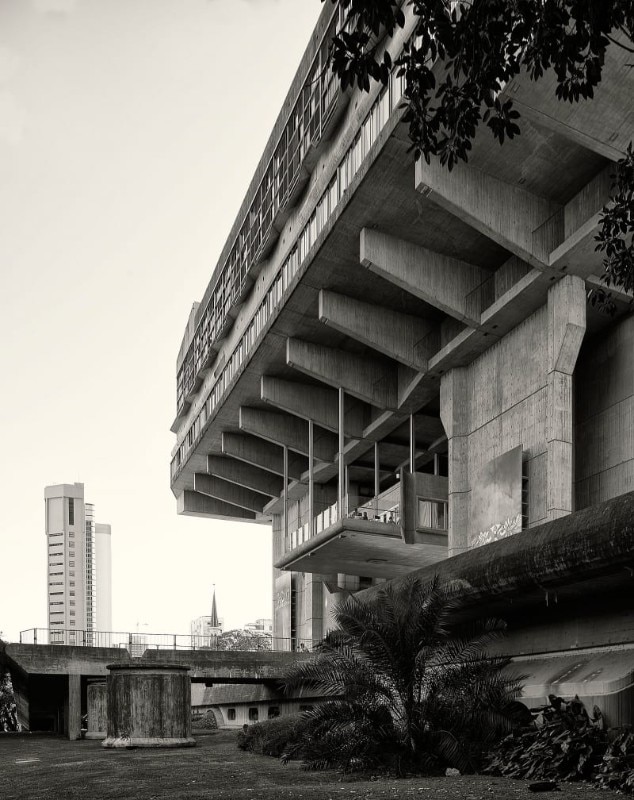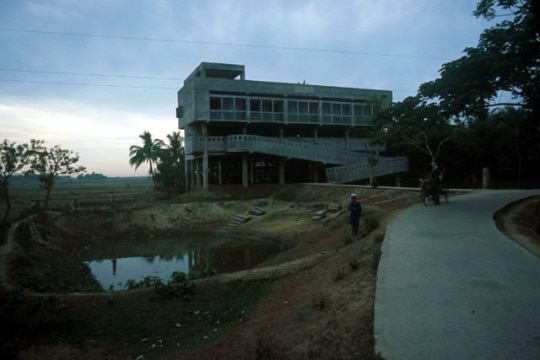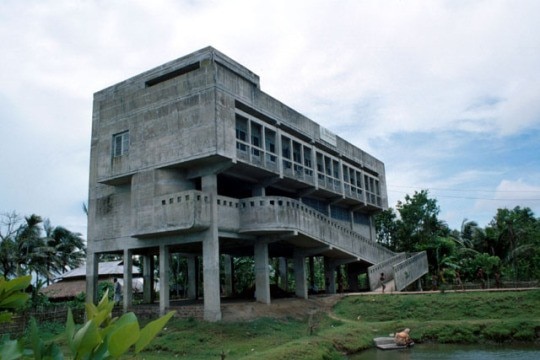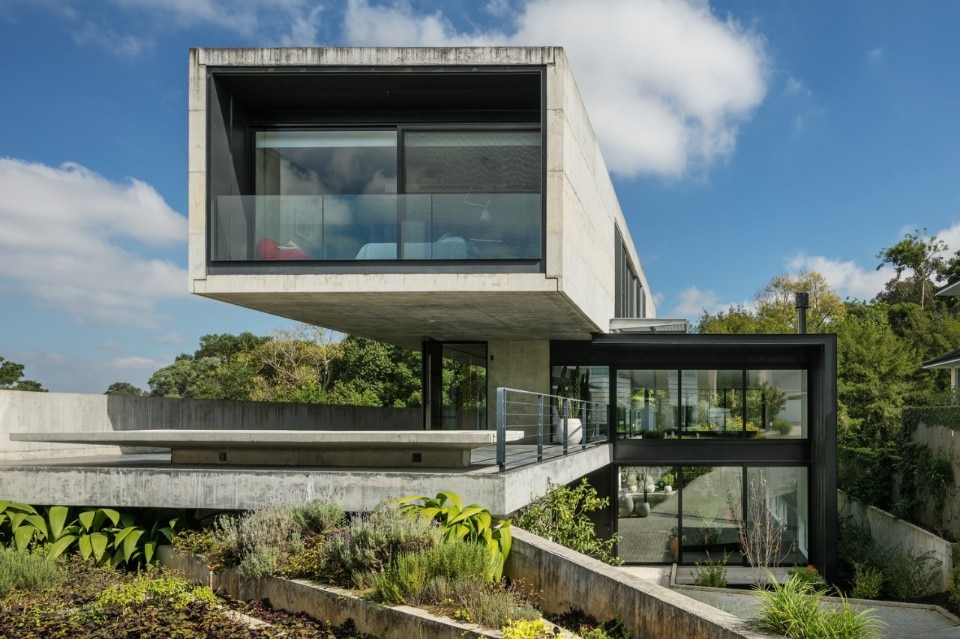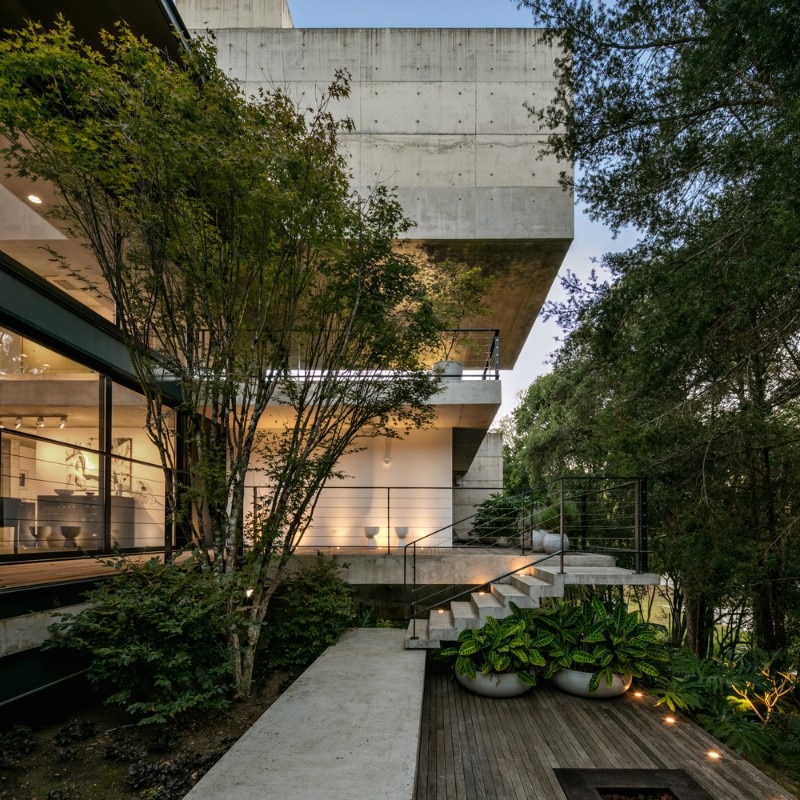Starting in Europe, where it developed after World War II as an architectural language in open opposition to the aesthetics of the Modern Movement, Brutalism soon crossed the borders of the Old Continent to land in distant and culturally very different countries, exporting those conceptual elements that characterised its original image, from the use of raw materials such as exposed concrete to imposing forms and the search for functionality rather than aesthetics.
However, beyond the undeniable affinities between European Brutalism and that of other continents, between the 1950s and 1970s many equatorial countries experienced – in contrast to Europe, which was rising from the rubble – an era of prosperity (Latin America) or of longed-for independence from colonialism (Asia and Africa), with the result of an accentuated creative enthusiasm, perhaps stimulated by the luxuriant nature of those latitudes and a climate decidedly more pleasant than that of gloomy London. In Latin America, the full-bodied grey concrete buildings, surrounded by flourishing gardens, are sometimes unusually “soft”, welcoming and luminous, with a greater propensity for extroversion and contact with nature (Lina Bo Bardi, Paulo Mendes da Rocha, Marcos Acayaba, Clorindo Testa, Biselli Katchborian Arquitetos Associados); sometimes they are enlivened by bright colours in contrast to the usual grey monochrome (Ruy Ohtake).
In Asia and Africa, international masters export their consolidated and recognisable language (Le Corbusier, Oscar Niemeyer), while local architects try their hand at solutions to combat emergency situations (PRISM) or respond to an irrepressible “call of the forest”, creating works in total symbiosis with the tropical landscape (Patisandhika Sidarta). In all cases, the works demonstrate that Brutalist architecture is not only “heavy” and gloomy like the sooty skies of European metropolises but is also the expression of a joyful and vital energy, especially when caressed by the verdant foliage of the tropics.


